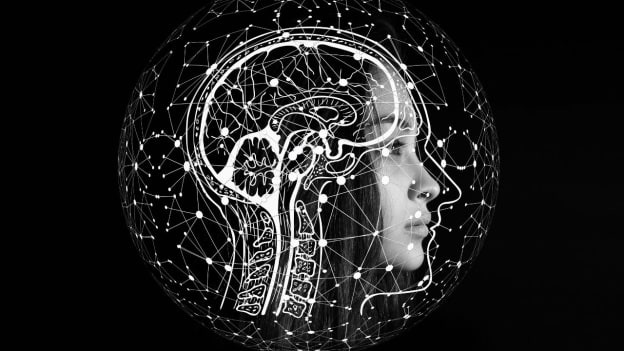What is design thinking – and how can it transform HR management?

What happens when a company keeps losing talent or clients and often fails to meet employee expectations? How is this problem solved when all other methodologies fall short?
One option is the concept of agile methodology, which requires cooperation with stakeholders and constant improvement in different aspects such as management and creative thinking. Through agile methodology, the company must adopt new ways of thinking and create new HR management strategies that can solve multiple issues.
With agile methodology comes design thinking. It is an innovative approach to problem-solving. In this article, we discuss what design thinking in HR management is and how it can transform the field.
What is design thinking in HR?
Design thinking is a complex process that focuses on human-oriented solutions, tapping into employees’ creativity and innovative skills.
According to Enrique Rubio, founder of Hacking HR, design thinking is an extremely versatile and powerful approach. It can be applied across various fields of knowledge to solve problems that need more than simple, visible solutions.
At its essence, design thinking depends on observing empathetically the interaction of people with their environment. It uses a hands-on approach to producing innovative solutions.
Read more: War for talent – What drives your people?
How is design thinking transforming HR management?
According to Josh Bersin, founder and CEO of HR advisory firm The Josh Bersin Company, design thinking shifts the role of HR from being a “process developer” into an “experience architect.”
Indeed, design thinking enables HR to reimagine every aspect of work – the workplace; the interaction of employers and employees; the time spent by managers; and HR’s selection, training, engagement, and evaluation of people.
Design thinking moves away from the conventional “waterfall” approach.
Originally, the waterfall approach divides projects into different stages, where each stage must be completed before the team can move on to the next one. Hierarchy is followed because teams need approval from senior management to move forward in each stage of the project.
With design thinking, however, teams can check with customers or clients and return to projects to adjust potential tests and prototypes. Design thinking creates profound innovations where teams know their clients and customers very well. Teams must care about the expectations and needs of their clients and customers.
Read more: Future of Work: 5 essential ways the workplace is changing
Finding solutions starts with the “problem statement.” Employees, clients, or customers must be related to the problem that the team wants to solve.
HR is empowered by design thinking through directed storytelling. Through directed storytelling, HR can easily gather stories of real-life experiences from employees, clients, or customers using thoughtful prompts and framing questions in conversations.
Conclusion
Design thinking focuses on human-centric and empathetic approaches to innovation and problem-solving. This approach can help teams reach out to employees, clients, and customers and adapt to changing expectations in real-time.
















